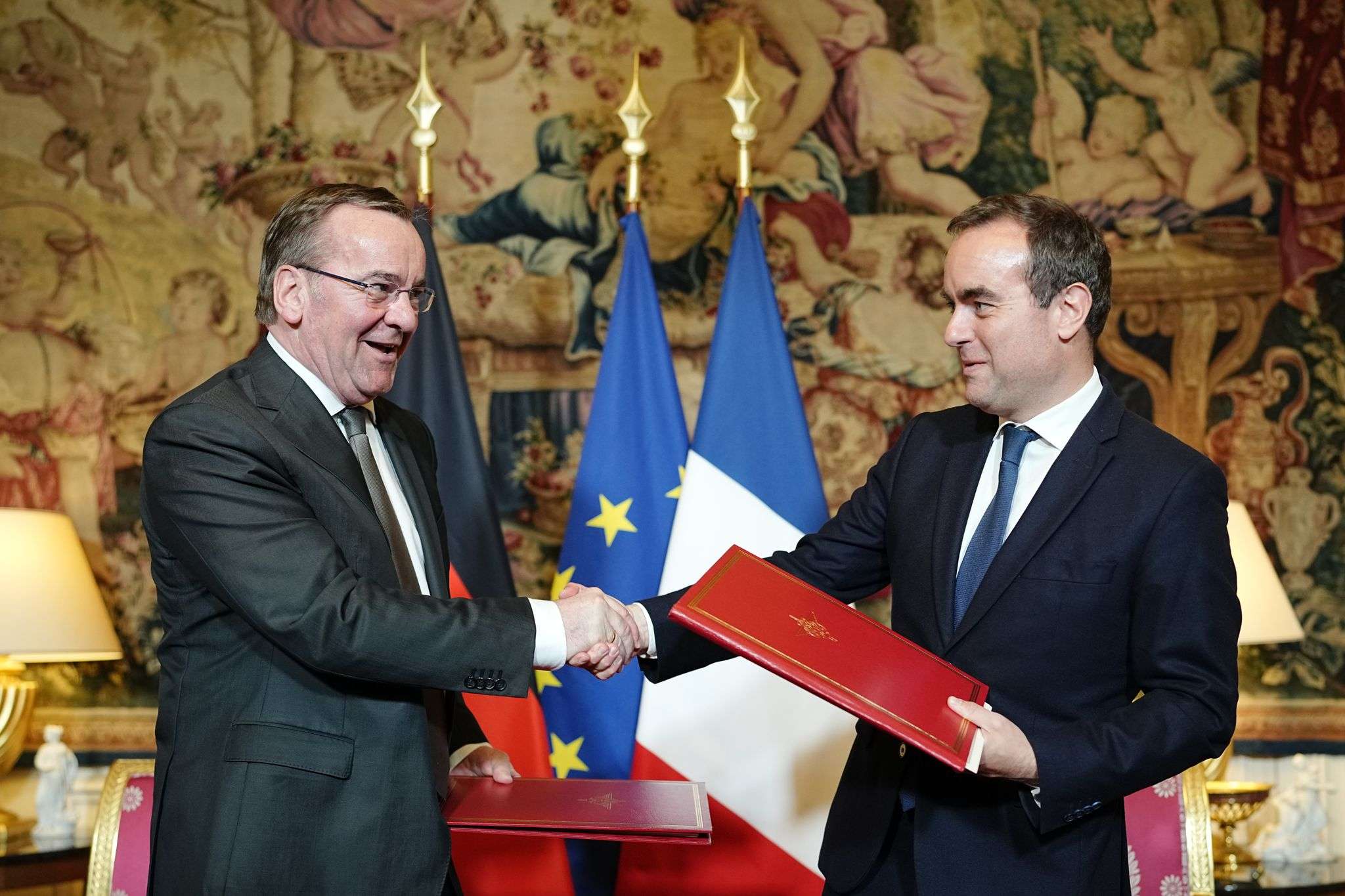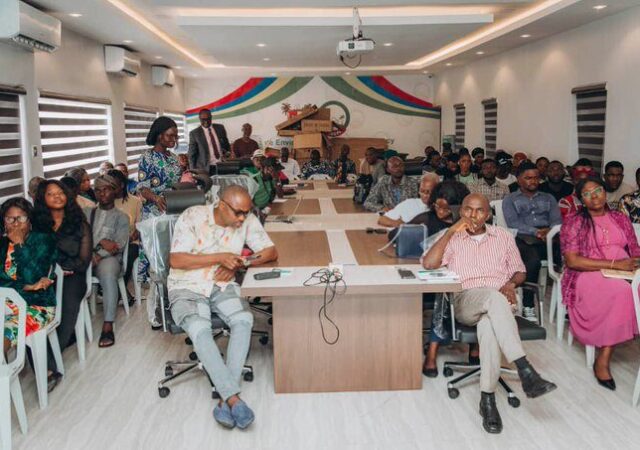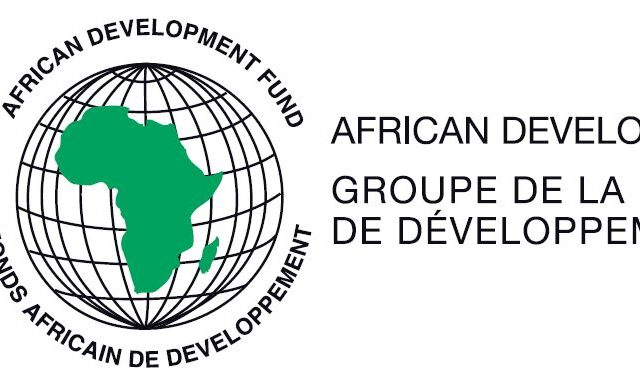By Carsten Hoffmann, dpa
The French and German defence ministers signed an agreement in Paris on Friday for a joint Franco-German led armaments project worth billions of euros, which includes the development of a next-generation main battle tank.
German Defence Minister Boris Pistorius and his French counterpart Sébastien Lecornu signed the memorandum of understanding for an effort to jointly develop the Main Ground Combat System (MGCS), which is aimed at replacing the countries’ current main battle tanks.
Both ministers confirmed signing the agreement after the meeting.
The MGCS project is conceived around not just a new main battle tank design, but also a series of systems and vehicles built off that platform that will connect battle tanks in a data network with support weapons such as drones and other unmanned systems.
Interconnecting the weapons systems will enable a technological leap in military technology, according to supporters of the project.
The MGCS project is expected to replace Germany’s Leopard 2 and France’s Leclerc main battle tanks.
Germany is to play a lead role in developing the MGCS, which is a counterpart to the joint Future Combat Air System (FCAS) project being led by France, which includes the development of a next-generation fighter jet as well as drones and other systems.
According to reports, the ministers also reached agreement on the contested distribution of tasks and contracts for the project along eight pillars, of which Germany and France each have the lead in two. The other four pillars are to be coordinated jointly.
Like other joint European defence projects, the effort has been delayed by tensions between participating countries over how to distribute industrial contracts and other spending among firms.
In May 2021, Germany, France and Spain reached an agreement in principle on the FCAS, which is worth billions, following a lengthy struggle over industrial policy.
Lecornu had said in Berlin in March that the main battle tank system would be a “generational leap.”
Pistorius described the agreement in principle as “historic” and added: “We have agreed on the distribution of all tasks for this major project.”
However, the details have not yet been publicly released.
There is intense interest among observers about the particulars of the deal, including how individual development tasks will be divided and whether the weapons system will be standardized to allow for shared jointly produced ammunition and other parts.
In the past, there have also been repeated difficulties with joint armaments projects because individual nations have insisted on special technical requirements, resulting in delays and cost increases.







